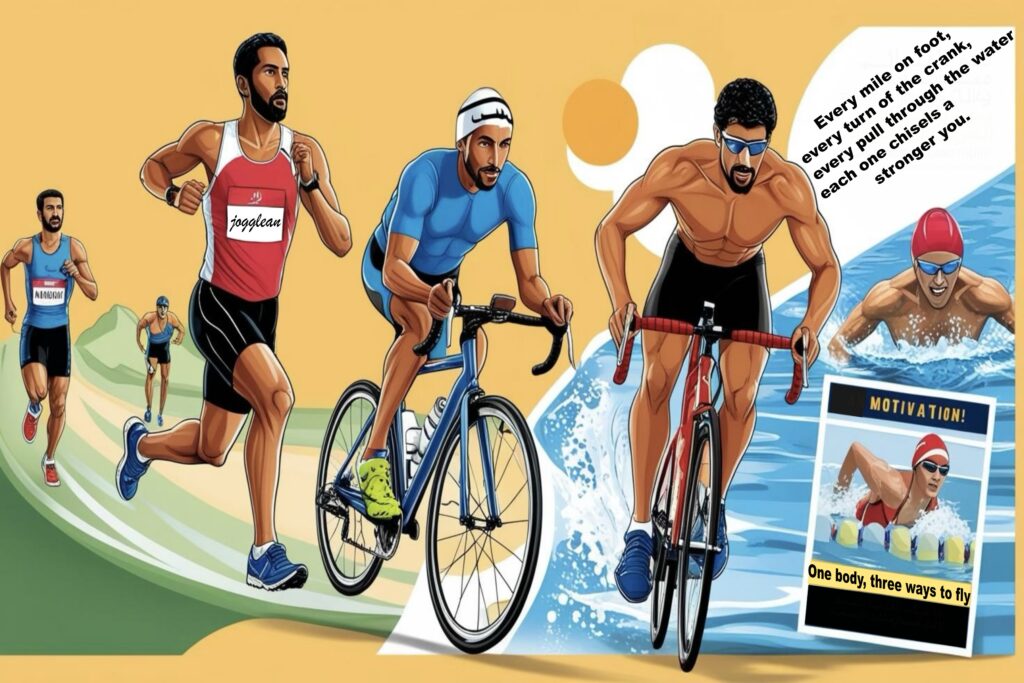How to Start Swimming:
A Beginner’s Guide to Confidence in the Water
Swimming is more than just a workout—it’s a life skill, a full-body exercise, and a calming escape all in one. Whether you’re looking to swim for fitness, relaxation, or fun, learning the basics can open the door to a lifelong love of water. If you’re new to swimming or returning after a long break, this guide will help you ease into it with confidence and joy.
1. Start with the Right Mindset
Like any new skill, swimming begins with your mindset. If you’re nervous, remember: it’s completely normal. Many adults learn to swim later in life, and progress looks different for everyone. Focus on gradual improvement and celebrate small wins.
Let go of comparison and fear. With patience and practice, your body will learn how to move comfortably and safely through the water.
2. Choose the Right Gear
Having the right gear makes your experience more comfortable and enjoyable. Here’s what you’ll need:
- Swimsuit: Choose something snug-fitting that allows freedom of movement.
- Goggles: Essential for seeing clearly underwater and protecting your eyes from chlorine.
- Swim cap: Optional, but helpful for keeping hair out of your face and reducing drag.
- Towel & flip-flops: Always bring extras for comfort at the poolside.
- Optional: Kickboard, pool buoy, or fins—great for beginners learning form and balance.
3. Find a Beginner-Friendly Environment
Start in a safe, welcoming location. Look for:
- A shallow pool with calm water and lifeguards on duty.
- Adult beginner swim classes or private instructors who specialize in first-time swimmers.
- Pools with marked lanes for slow or learning swimmers.
The goal is to feel comfortable and supported. If you’re uncomfortable in deep water, stay in the shallow end until you’re more confident.
4. Learn to Be Comfortable in the Water
Before you swim laps or attempt strokes, get used to being in the water:
- Practice standing, walking, and floating in the shallow end.
- Learn to submerge your face and blow bubbles—this helps control breathing and builds trust with the water.
- Try floating on your back with arms spread wide. It might feel strange at first, but you’ll gain confidence with repetition.
Remember, floating is a key part of swimming—your body is more buoyant than you think!
5. Work on Breathing
Proper breathing is essential in swimming and often the trickiest part for beginners. Try this progression:
- Stand or sit in shallow water and inhale through your mouth, then exhale underwater through your nose or mouth.
- Practice turning your head to the side and breathing while standing. This prepares you for breathing during strokes like freestyle.
- Keep breathing steady—don’t hold your breath too long. Frequent, controlled breaths reduce anxiety and fatigue.
6. Learn Basic Strokes and Kicks
Start with the fundamentals:
- Front Crawl (Freestyle): The most popular stroke. Focus on kicking from the hips, keeping your body flat, and reaching forward with each stroke.
- Breaststroke: A slower, rhythmic stroke that’s great for beginners. The arms and legs move in a circular motion and you lift your head above water to breathe.
- Backstroke: Easier for breathing, as your face stays above water. It builds comfort and improves posture and balance.
Use swim aids like kickboards to isolate your kicks or pull buoys to focus on arm technique. Take your time—technique comes with practice.
7. Take It Slow and Be Consistent
Start with short sessions—10 to 20 minutes of light swimming or drills. Over time, increase your time, vary your strokes, and add gentle challenges like floating longer or swimming an extra lap.
Keep it fun and consistent. Swimming two or three times a week will help you gain confidence and improve endurance without burnout.
8. Stay Safe and Smart
Safety is essential—especially for beginners:
- Never swim alone. Always have a lifeguard, swim buddy, or instructor present.
- Stay within your depth and know your limits.
- Learn water safety and what to do in emergencies (like how to float, signal for help, or exit the pool safely).
- Take breaks if you feel tired or anxious.
If you’re swimming outdoors, be aware of water conditions, currents, and weather.
9. Track Progress and Celebrate Wins
Your first time floating? Huge win. First lap without stopping? Victory. Every small step builds toward confidence and skill. Track your progress with a swim log or journal, and reflect on how far you’ve come.
Swimming is a journey. You’ll have days where things flow and days where it’s challenging. Keep showing up.
Final Thoughts
Starting to swim is like discovering a new world—one where your body moves differently, your mind clears, and every session leaves you stronger. Whether your goal is to swim laps, cross-train for other sports, or simply feel at home in the water, know that it all begins with that first dip.
Breathe, float, move forward—and most of all, enjoy it.




Leave a Comment